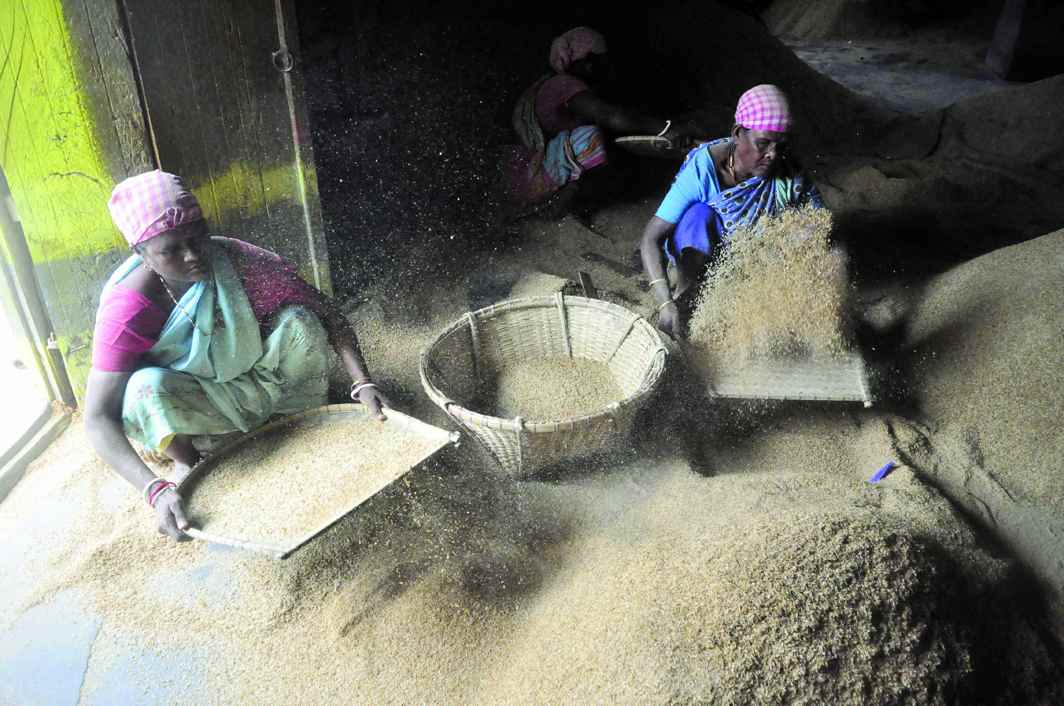There have been rumours of plastic rice doing the rounds in social media. But with India being a major exporter of rice, should one give credence to such news?
~By Papia Samajdar
On June 3, complaints of plastic rice flooded the Department of Food Safety after a video of children playing with it in Uttarakhand went viral. Simultaneously, there were reports of plastic rice being found in hotels, especially in the twin cities of Secunderabad and Hyderabad. While one is not sure of the veracity of these reports, Prabhu Dayal, a nutritionist at a top club, said: “I am not sure what to suggest to my clients nowadays, everything seems to have plastic. If they get tummy issues, they will come and accuse me. Plastic rice and plastic sugar are the latest scare I have got. Imagine how harmful they would be.” However, Rhythm Trehan, a medical student in Delhi, said: “I am not sure there is such a thing as plastic rice. Why would anyone mix plastic in rice, it’s a dead giveaway.”
CASE PENDING
In 2014, a PIL was filed in Delhi High Court to urge food authorities to check the presence of plastic in rice. Food authorities claim that more than 25 samples were randomly collected and tested for adulterants, but there was no proof of plastic being present. The case is still pending in the High Court.
So what is plastic rice and have there been any tests which prove its existence? Samples of this rice have been collected by the governments of Telangana and Andhra Pradesh from hotels; the test results are awaited. Plastic rice is commonly known as a rice adulterant and potatoes, maize and plastic are the main ingredients in it. However, there has been no scientific study which can ascertain whether such a product has actually come into the Indian markets.
The first incidence of plastic rice was reported in China in 2010 when Chinese traders mixed low-grade rice or ordinary rice with premium quality Wuchang rice known for its aroma. Subsequently in 2011, various media houses reported that China was making plastic rice. Such reports and complaints kept surfacing but there were no concrete tests to prove the presence of plastic in rice.

After a complaint was filed with the Public Grievance Monitoring system of the Department of Food Safety on June 4, 2017 about plastic rice flooding Delhi markets, it denied any such incidence. It claimed that tests of random samples had been done after the complaints, but there were no traces of plastic.
RICE EXPORTS
In order to understand if there is indeed a need to import rice, here are the consumption patterns. The world consumption of rice in 2014-2015 was estimated to be 480 million tonnes. India established itself as the top rice exporter in 2012, exporting nearly 10 million tonnes annually. As of June 15, 2017, the average monthly export of rice is more than Rs 12 billion. Last year, India produced 105.45 million tonnes of rice, of which 102.72 million tonnes were for domestic consumption. During 2016-17, export of non-basmati and basmati rice was around 7.30 million tonnes and 3.83 million tonnes respectively based on the average of the last three years. According to the agriculture department, from 2009 to 2016, India has not imported any basmati or non-basmati rice.
Given this scenario where India is able to meet its domestic requirement of rice and is the lead exporter, why would anyone make plastic rice? Is it cost effective to mix plastic in rice? If India is importing from China, how does plastic rice clear quality controls? If, on the other hand, Indian manufacturers are making plastic rice, surely they would need factories or manufacturing units? Small-scale production of this rice would mean that the cost of producing plastic rice is more than real rice. Since there is already enough supply in the market, why would manufacturing plastic rice make financial sense? So why does this rumour keep recurring?
Last year, India produced 105.45 million tonnes of rice, of which 102.72 million tonnes were for domestic consumption. Why would India import plastic rice?
M Samaddar who works with Hyatt Regency in Delhi said: “It’s not just plastic rice, there are also plastic eggs.” These rumours gather momentum due to the lack of scientific tests and explanations surrounding these synthetic materials. In most cases, adulterants or contaminants are added to food to make it profitable. However, in the case of rice, if we consider that one kilogram of rice costs Rs 40 and plastic is more than Rs 100 per kilogram, would there be a profit after adding labour, wastage and other manufacturing costs? Most probably not.
The average consumer would believe such rumours as there has been no effort by the government to inform the public otherwise. The negative health implications of ingesting plastic are enough to cause a fear psychosis. It is only after the recent emergence of more such rumours that the government took these complaints seriously. It has declared that no plastic or any such traces were found in rice and has sent samples to labs for further verification.
Souparno Banerjee, media director of Centre for Science and Environment, said: “Social media can sometimes cause panic as it has unverified information.
However, the media is following up the stories and showing that the panic was needless.”


